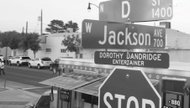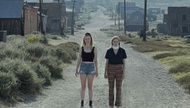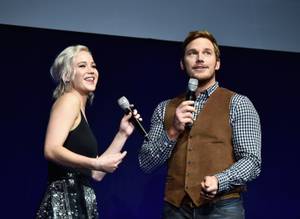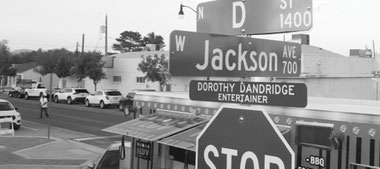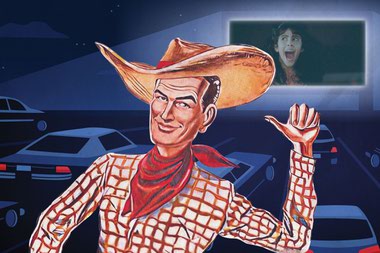1. Movie studios are not tired of cinematic universes. Despite the struggles of other companies to replicate the success of the mega-popular Marvel Cinematic Universe, studios have doubled down on interconnected sets of movies. At the Warner Bros. presentation, the studio touted no fewer than four universes, including the DC Extended Universe, The Conjuring horror universe, Harry Potter’s Wizarding World and “the Ocean’s 11 universe,” which apparently now exists thanks to the forthcoming Ocean’s 8.
2. Robots will serve you frozen yogurt. The most enticing press release I got before the convention was headlined “Frozen Dessert Robots Invade CinemaCon,” and indeed, the booth for Generation Next Vending Robots featured a machine that automatically dispenses cups of frozen yogurt. Customers order via touch screen, and a mechanical arm grabs a cup, fills it with yogurt, covers the yogurt in toppings and places it in a tray. The whole process takes about a minute, which is fascinating at first but could get really tedious over large orders. The robot invasion is a bit underwhelming.
3. Movie screens are becoming more like TVs. Every year, technology companies hype the latest innovations in movie projectors, but this year, Samsung brought its controversial new Onyx, an ultra-high-resolution LED screen requiring no projector at all. In other words, it’s a giant TV, albeit one with far more sophisticated picture quality than anything in the consumer market. As impressively crisp as the picture looked in the demonstration, with “infinite contrast” producing deep blacks and rich colors, it was still a little disheartening to think that going to the movies might become indistinguishable from watching TV.
4. Virtual reality is the next big thing … if someone figures out what to do with it. I checked out a pod that combines VR with 4D technology (motion seats, wind), joined a fellow reporter in shooting at robots in a VR game and experienced a VR tie-in for The Emoji Movie, all of which are available for theaters to install in their lobbies. None of it felt essential or even related to the cinematic experience, though, and using VR as a tossed-off money grab just devalues whatever artistic potential it may have.
5. Your movie ticket could soon have your face on it. At the Coca-Cola booth, Korean company i-Aurora showed off a new ticketing kiosk that doubles as a photo booth, taking a picture of the ticket buyer and adding it to a promotional background (either for a current movie or, in this case, for Coke). The kiosk then prints out a photo card that’s also a ticket for the movie showing and for any concessions ordered, all in one. In a time when many people buy virtual tickets online, it’s a way to turn the movie ticket back into a souvenir.

